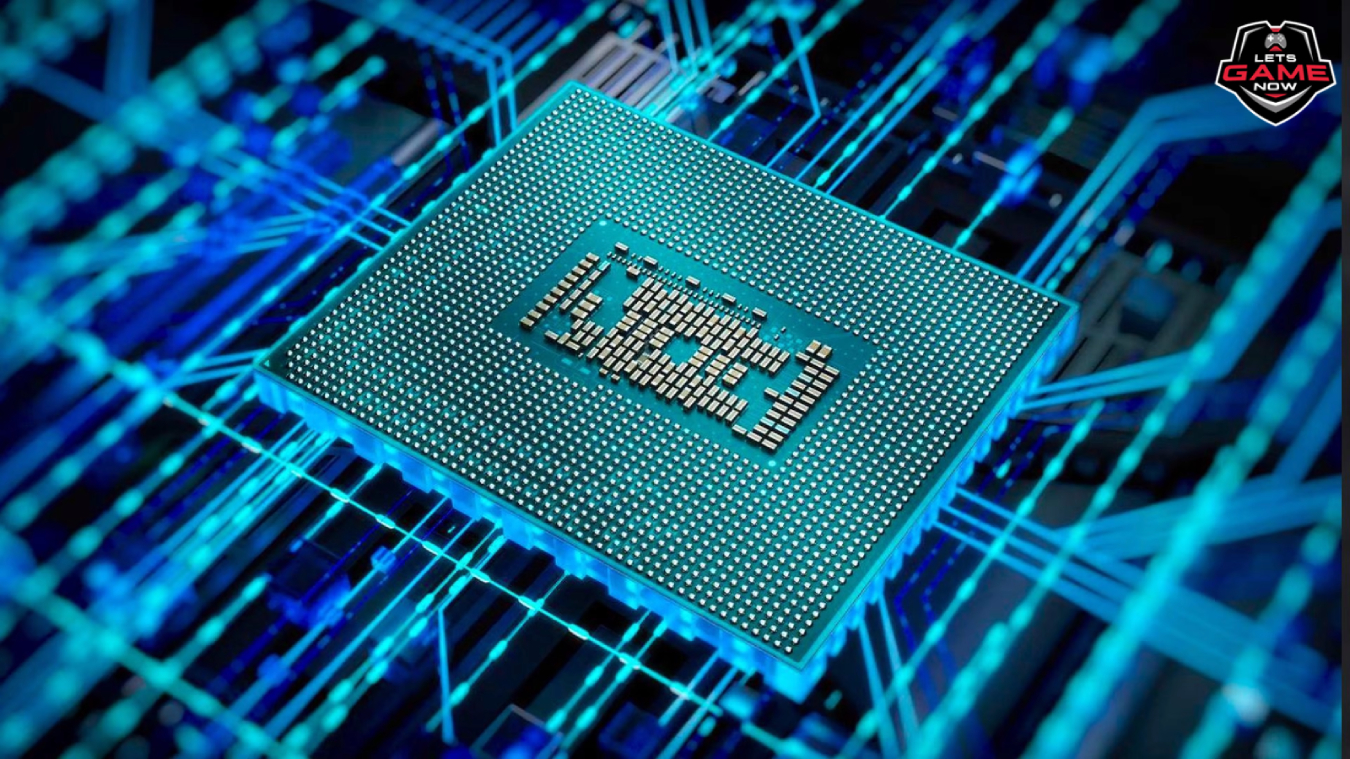


SB
Sep, 04.2022
The most anticipated processor debuts of 2022 are AMD Ryzen 7000 and Intel 13th Gen Raptor Lake. Both of these processors guarantee notable performance enhancements over their last generation equivalents.
For its next Zen 4-based CPUs, AMD has already provided launch information and precise specifications. On September 27, Ryzen 7000 will make its debut on a worldwide scale. Intel hasn't yet provided any other details on their CPUs. Within a few months, AMD Ryzen 7000 and Intel 13th Gen Raptor Lake will both go on sale. This fall's debut of the RTX 40 series and RDNA 3-based Radeon RX 7000 series will provide users with a plethora of new hardware options from which to choose and update their current PCs.
Despite making grandiose boasts about their future CPUs, AMD's options appear to be more limited and less potent than the Raptor Lake chip selection. Meanwhile, a number of web sources made the claim that Intel would introduce a stellar Core portfolio this year.
1) Intel supports both DDR4 and DDR5, however AMD only supports the most recent memory available.
All motherboards and processors based on the future AM5 socket, according to AMD, will only support DDR5 memory. Because DDR5 memory is now fairly expensive, AMD Ryzen will lose its devoted clients if it restricts support to the upcoming generation of system memory standards. The decision has already angered the neighbourhood.
In contrary, Intel's 12th Gen Alder Lake Core processors include built-in support for both DDR4 and DDR5 memory, and it will do the same with its 13th Gen Raptor Lake Core processors. As a result, when the 13th Gen Raptor Lake Core range debuts later this year, a portion of prospective buyers might be drawn to it.
2) AMD lacks affordable six-core low-power offerings; Intel Raptor Lake does.
Additionally, the Ryzen 7000 series is a huge letdown for gamers on a tight budget. There are four CPUs in the current Zen 4 lineup, with prices starting at $300. There are no entry-level 1080p quad-core CPUs in the range that are focused on saving money.
AMD did not offer any low-cost quad-core Ryzen 3 processors with the Ryzen 5000 series. Almost a year and a half after Ryzen 5000's initial release, some affordable six-core options, like the Ryzen 5 5600 and Ryzen 5 5500, were unveiled. It is inevitable that no affordable chip will be released until late 2023 or early 2024 based on AMD's launch trends.
On the other hand, Intel has cautiously released low-cost CPUs with each iteration. The Core i3 12100, which went on sale in January, is expected to deliver outstanding value for its $97 pricing. With ease, it can outperform the $200 Ryzen 5 3600 CPU.
With the introduction of 13th Gen Raptor Lake, Intel may use its proven strategy once more to dominate the low-cost market.
3) Raptor Lake Core's single-core and multi-core performance numbers are superior.
The performance measurements of the new chips have been leaked, and they suggest that Ryzen 7000 will not be able to compete with Intel's 13th Gen Raptor Lake. Even with clever cooling techniques, the Ryzen 9 7950X could not keep up with the impending Core i9 13900K.
When unlocked, the Core i9 13900K easily surpasses the 40,000-point threshold in Cinebench R23. In contrast, the Ryzen 9 7950X, which is based on Zen 4, only achieves a score of 38,984 in the same test. The Core i9 outperforms Ryzen in terms of single-core performance measures as well.
4) There will be more motherboard and memory module alternatives available from Intel.
The Alder Lake and Raptor Lake product lines from Intel will share the same LGA 1700 socket. In order to choose a motherboard for their 13th Gen processors, users can either choose from the current 600 series or the future 700 series.
According to reports, the 13th Gen Raptor Lake lineup will also support the DDR4 and DDR5 memory lineups. Customers will thus have lots of options when looking for memory sticks. The Ryzen 7000 series, however, is limited to DDR5 memory exclusively. Additionally, since the Ryzen CPUs are built on a whole new platform, there will be many fewer motherboard options available. These elements might prevent widespread use of the future Team Red chips.
5) The Ryzen 7000 series is less energy-efficient than Intel's processors.
The next Ryzen 7000 CPUs have a 105 W and higher power rating. These chips have a fast clock speed. The 5 GHz mark is routinely attained by every Ryzen 7000 chip. Each processor's power usage increases as a result.
With its 13th Gen Raptor Lake processors, Intel has maintained the power consumption at the current level. The Core i5 13600K CPU, which is mid-range, will have a 65W rating. A 65W 13900 and a 35W 13900T model are available for the Core i9. It is important to keep in mind, though, that Intel processors accelerate to a frequency known as a "turbo clock" when under stress that is substantially higher. Under turbo speeds, the power drain abruptly doubles to the rated base TDP. As a result, the advertised power usage may be slightly deceptive.
With its impending 13th Gen Core range, Intel is ferociously tackling the opposition. Team Blue and Team Red are pushing the boundaries of Moore's Law by launching CPUs at competitive prices to appeal to a wider market while also striving to enhance the formula.